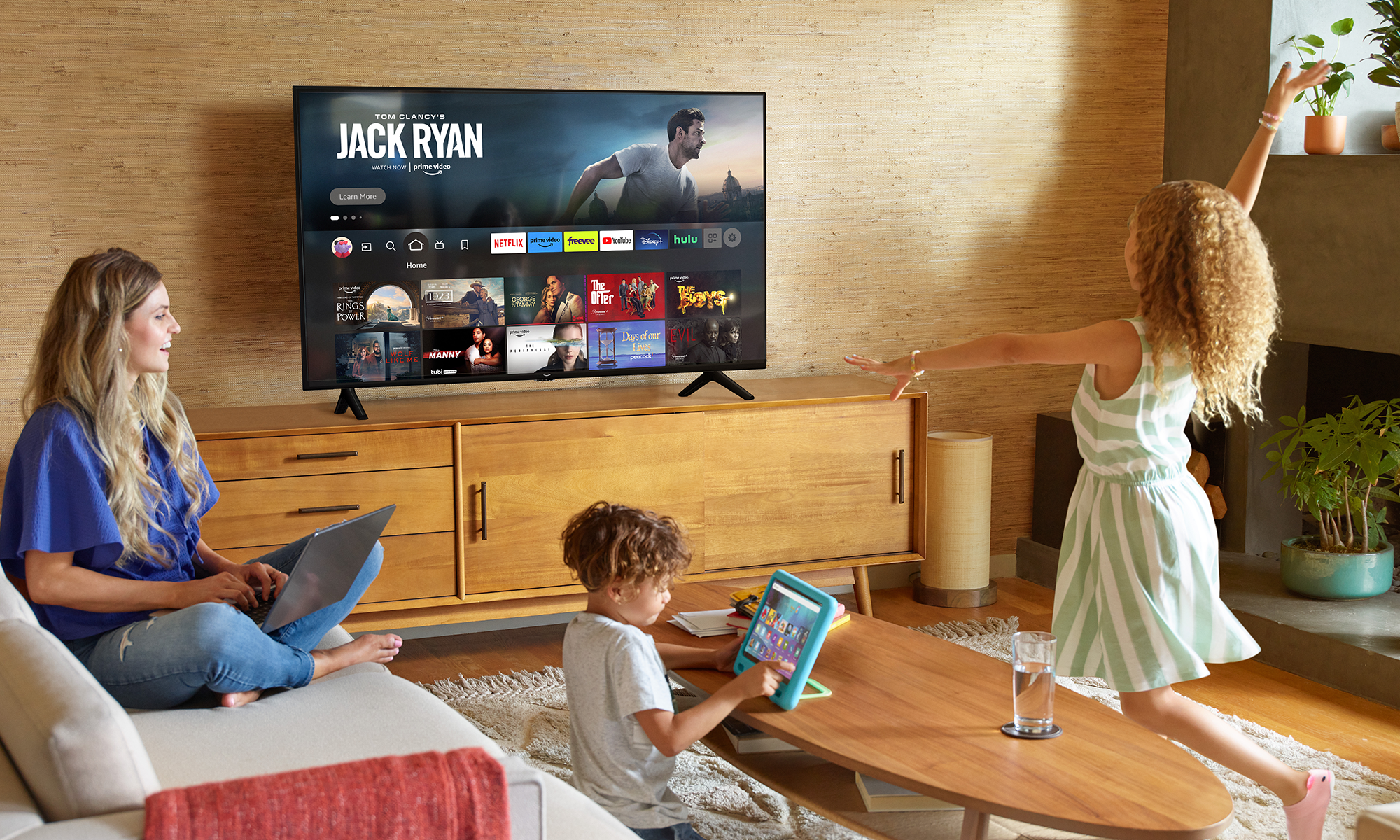
Image source: Amazon.
E-commerce giant Amazon's (AMZN +3.38%) push into groceries continues. The company announced on Monday that it planned to open a concept store in Seattle called Amazon Go, which is billed as having "the world's most advanced shopping technology."
The 1,800-square-foot store, set to open to the public next year, will use a combination of computer vision, sensor fusion, and deep learning to automatically track what shoppers have taken off the shelves. When customers are done shopping, they simply walk out, and their Amazon accounts are charged.
Any announcement from Amazon, particularly one involving a physical store, is guaranteed to make headlines. But the Amazon Go concept doesn't solve the main problem with grocery shopping. Don't get me wrong: Not having to wait in a checkout line is a great idea. As someone who occasionally perseveres an understaffed Safeway, I can relate. But Amazon Go's small size and limited selection means that it won't eliminate a trip to the grocery store for most people. And it still requires you to wander around the store and grab stuff off the shelf.
Grocery innovation
Wal-Mart Stores (WMT +1.45%) has a better idea. The company opened the second location of its Pickup and Fuel concept store last week in Thornton, Colorado, just north of Denver. The 4,000-square-foot store is essentially a convenience store, featuring coffee, snacks, and last-minute grocery items, as well as a gas station. The key feature, though, is a dedicated drive-through for picking up online grocery orders.

Image source: Wal-Mart.
Wal-Mart is making a big online grocery push, equipping its supercenters in more than 100 markets in the U.S. with online grocery pickup capabilities. The Pickup and Fuel stores operate in much the same way: an online grocery order is placed, a pickup time is set, and the groceries are loaded into the customer's car by a Wal-Mart employee.
Orders set for pickup at a Pickup and Fuel store are fulfilled by a supercenter nearby, delivered by a refrigerated truck. Given that Wal-Mart is already the leading seller of groceries in the U.S., much of the infrastructure necessary to expand the Pickup and Fuel concept is already in place.
For customers, the ability to pick up groceries at a more convenient location, free from the crowds, makes the company's online grocery pickup service more appealing. And the wider selection of anything from Walmart.com is an added bonus.
Amazon isn't done trying stuff
I suspect that Amazon will be piloting plenty of different grocery concepts in the coming years. Amazon Go relies on a lot of technology to make the grocery shopping experience better, but I'd personally rather eliminate the grocery shopping experience altogether and pickup my order from somewhere convenient.
According to a report earlier this year from Business Insider, Amazon plans to begin rolling out pilot grocery stores for two different concepts, with a goal of opening 20 stores by the end of 2018. Amazon Go is likely one of these concepts, but the other is rumored to feature a drive-up where customers can pick up their online orders. It's unclear whether this will include fresh groceries – the company's AmazonFresh grocery delivery service is live in just a handful of cities, and it doesn't have the existing grocery infrastructure that Wal-Mart does.
Whether the Amazon Go or Wal-Mart Pickup and Fuel concepts have legs is an open question. But one thing is clear: The way in which consumers shop for groceries is going to change. Mediocre grocery stores that succeed simply because they exist are going to face a day of reckoning sooner or later, driven by an increasing array of options.
Wal-Mart is making an aggressive push into online groceries, both to maintain its market share and to win new customers. Amazon, faced with the daunting challenge of keeping up its growth rate as it becomes larger, no doubt views groceries as a massive opportunity. The battle between these two giants is just beginning. No matter what happens, the consumer will be the ultimate winner.







